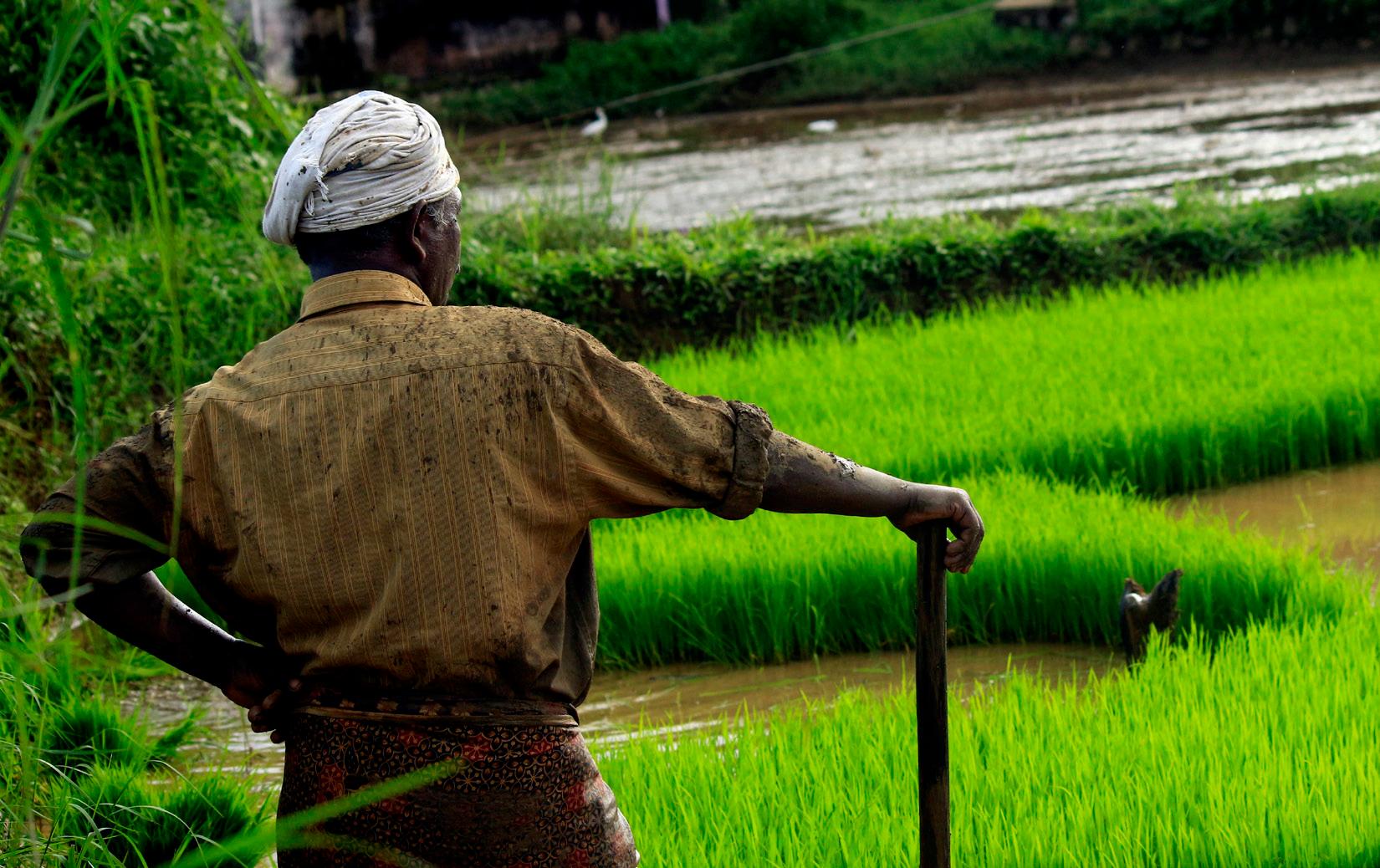
4 minute read
Bihar vs. Bangladesh The Illusion Of Prosperity
May 1, 2023:
Social media platforms are teeming with manufactured narratives claiming that India has become immensely prosperous, and that the road ahead is even brighter. The subliminal impression that these narratives leave is that such progress has occurred in just the last seven or eight years.
The India-rising narrative looks all the more dazzling, thanks to comparisons with our economically struggling neighbour, Pakistan, on the prosperity scale. The question is, should Pakistan alone be a developmental benchmark for India?
If comparing India with its neighbours is deemed a justifiable way to figure out how better we are doing economically, then it is also worth looking at how we compare against other neighbours, such as Bangladesh. Certainly, India will emerge as a winner on that front as well, isn’t it? But are we really sure?
While referring to the growth of our overall GDP (Gross Domestic Product), we often tend to ignore the fact that it is accompanied with a growth in population. Per capita GDP is therefore a better and more practical way to gauge prosperity. Let’s take a look at what the figures of the World Bank say.
A lot of Indians will be surprised to know that Bangladesh has overtaken us as far as per capita GDP is concerned. It also emerges that seven years ago, Bangladesh’s per capita GDP was just twothird of that of India. We all know that Bangladesh is a densely populated nation, with about 1,250 people residing per square kilometre. Its mineral resources are limited compared to its population, and natural disasters routinely take a toll on the country.
While India has undoubtedly made some progress, has it really been all that laudable? To make sense of that, we need to consider the following observations.
India’s GDP growth on a per capita basis is of the order of 4% per annum for the period from 2014-2020. This is offset by high inflation – the WPI (wholesale price index) is as high as 12%. Even if we pride ourselves in containing the CPI (consumer price index) at 4.48%, it means that Indians are overall worse off now compared to 2014. The situation reflects the sordid fact that large sections of Indian society, such as the elderly population
BIHAR AND BANGL ADESH: A COMPARISON and the farming community haven’t experienced economic progress.
The figures for Bihar are collected from multiple Indian sources. They range between a realistic depiction, as shown in BIHAR I, and a very optimistic depiction, as shown in BIHAR II.
In 2004, India’s per capita GDP, as reported by the World Bank, was $897. Over a decade, it grew by 75%. That corresponds to a growth rate of about 5.9%. Inflation rates were significantly lower.
INDIA AND BANGL ADESH: A COMPARISON
BIHAR AND BANGL ADESH: A COMPARISON
The figures for Bihar are collected from multiple Indian sources. They range between a realistic depiction, as shown in BIHAR I, and a very optimistic depiction, as shown in BIHAR II.
INDIA AND BANGL ADESH: A COMPARISON
In several states, the per capita GDP has been much better than the national average, which remained low because of the lack of performance elsewhere.
This is best illustrated by a comparison between the country of Bangladesh and the state of Bihar – if seen in isolation as a case study. More than two-third the size of Bangladesh and with a high population density of over 1,100 people per square kilometre, Bihar is practically comparable to our neighbouring nation. It is also worth noting that Bihar has bountiful natural resources.
So, how do the two compare in terms of prosperity? Let’s have a close look.
Quibble as you like, it is an incredible fact that the per capita GDP of Bihar is well below even 50% of that of Bangladesh.
As much as 42% of the people of Bangladesh belong to agricultural communities, and 14% of the country’s GDP is generated from there. Bangladesh has recently achieved self-sufficiency in grain – it produces rice – and recognises the role of agriculture in providing jobs and food security – a policy that is quite unlike Bihar. There is a reason why Bangladesh holds the edge on this front. It recognises the importance of market-yard systems similar to the APMCs (agricultural produce market committees) of Punjab, Haryana, western Uttar Pradesh, and Maharashtra, and has moved towards creating such structures. In stark contrast to Bangladesh’s initiative, Bihar abolished its APMCs back in 2006.
It has to be recognised that the farming community consists of many segments, and cannot be lumped as a whole when making policy. In Bihar, while orchardists, such as mango growers, have done quite well, the fate of grain farmers there has been abysmal, to say the least.
Rice cultivators realise barely Rs 1,000 per quintal of paddy, which is about half of the MSP (minimum support price) that farmers in Indian states that operate APMCs get. As a result, most grain farmers in Bihar are left with no option but to resort to becoming migrant labourers across the country. And those grain farmers in Bihar with large landholdings transport their produce to mandis in Haryana.
Despite much-touted direct corporate-farmer deals, conglomerates such as HUL and ITC eventually don’t buy substantial quantities of grain from Bihar’s farmers. They prefer buying from the organised mandis of Punjab and Haryana, ignoring the relatively chaotic marketplace in Bihar.
It is interesting to note that barely 75km from Kishenganj in Bihar lies India’s border with Bangladesh. Despite having abundant resources, Bihar continues to limp along, while in comparison, Bangladesh is taking prominent strides towards agriculture-driven prosperity.
At the end of the day, performance results from proper policy and its honest implementation, not mere electoral rhetoric. For a state such as Bihar, there are clear lessons to be learnt from what Bangladesh has been trying to do.






